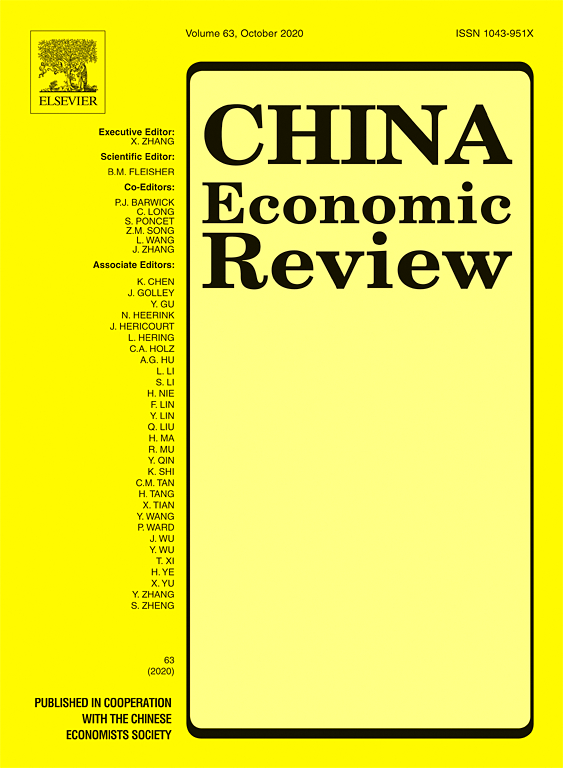
Trade Effects of Silver Price Fluctuations in 19th-Century China: A Macro Approach
in: China Economic Journal, 2020
Abstract
We assess the role of silver price fluctuations in Chinese trade and GDP during the late Qing dynasty, when China still had a bimetallic (silver/copper) monetary system, in which silver was mostly used for international trade. Using a structural VAR (SVAR) with blockwise recursive identification, we identify the impact of silver price shocks on the Chinese economy from 1867, when trade data became available, to 1910, one year before the Qing dynasty collapsed. We find that silver price shocks had a sizable impact on both imports and exports but only a very minor effect on the trade balance, only a marginal impact on growth, and almost no effect on domestic prices. Stronger effects were partly mitigated by inelastic export quantities. Generally, the effect of silver price shocks, while considerable, was only short-lived, displaying no persistence in either direction. We find that the bimetallic system in Qing China might have mitigated a potential positive effect of silver depreciation but did not reverse the effect, which – contrary to claims made in the previous literature – was responsible for neither the worsening trade balance nor the inflation and the quickly increasing imports that occurred during our sample period.
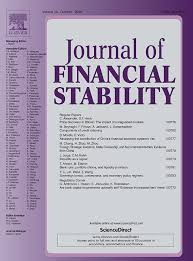
Does Machine Learning Help us Predict Banking Crises?
in: Journal of Financial Stability, December 2019
Abstract
This paper compares the out-of-sample predictive performance of different early warning models for systemic banking crises using a sample of advanced economies covering the past 45 years. We compare a benchmark logit approach to several machine learning approaches recently proposed in the literature. We find that while machine learning methods often attain a very high in-sample fit, they are outperformed by the logit approach in recursive out-of-sample evaluations. This result is robust to the choice of performance metric, crisis definition, preference parameter, and sample length, as well as to using different sets of variables and data transformations. Thus, our paper suggests that further enhancements to machine learning early warning models are needed before they are able to offer a substantial value-added for predicting systemic banking crises. Conventional logit models appear to use the available information already fairly efficiently, and would for instance have been able to predict the 2007/2008 financial crisis out-of-sample for many countries. In line with economic intuition, these models identify credit expansions, asset price booms and external imbalances as key predictors of systemic banking crises.
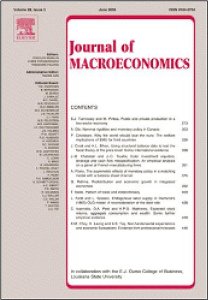
On the Empirics of Reserve Requirements and Economic Growth
in: Journal of Macroeconomics, June 2019
Abstract
Reserve requirements, as a tool of macroprudential policy, have been increasingly employed since the outbreak of the great financial crisis. We conduct an analysis of the effect of reserve requirements in tranquil and crisis times on long-run growth rates of GDP per capita and credit (%GDP) making use of Bayesian model averaging methods. Regulation has on average a negative effect on GDP in tranquil times, which is only partly offset by a positive (but not robust effect) in crisis times. Credit over GDP is positively affected by higher requirements in the longer run.
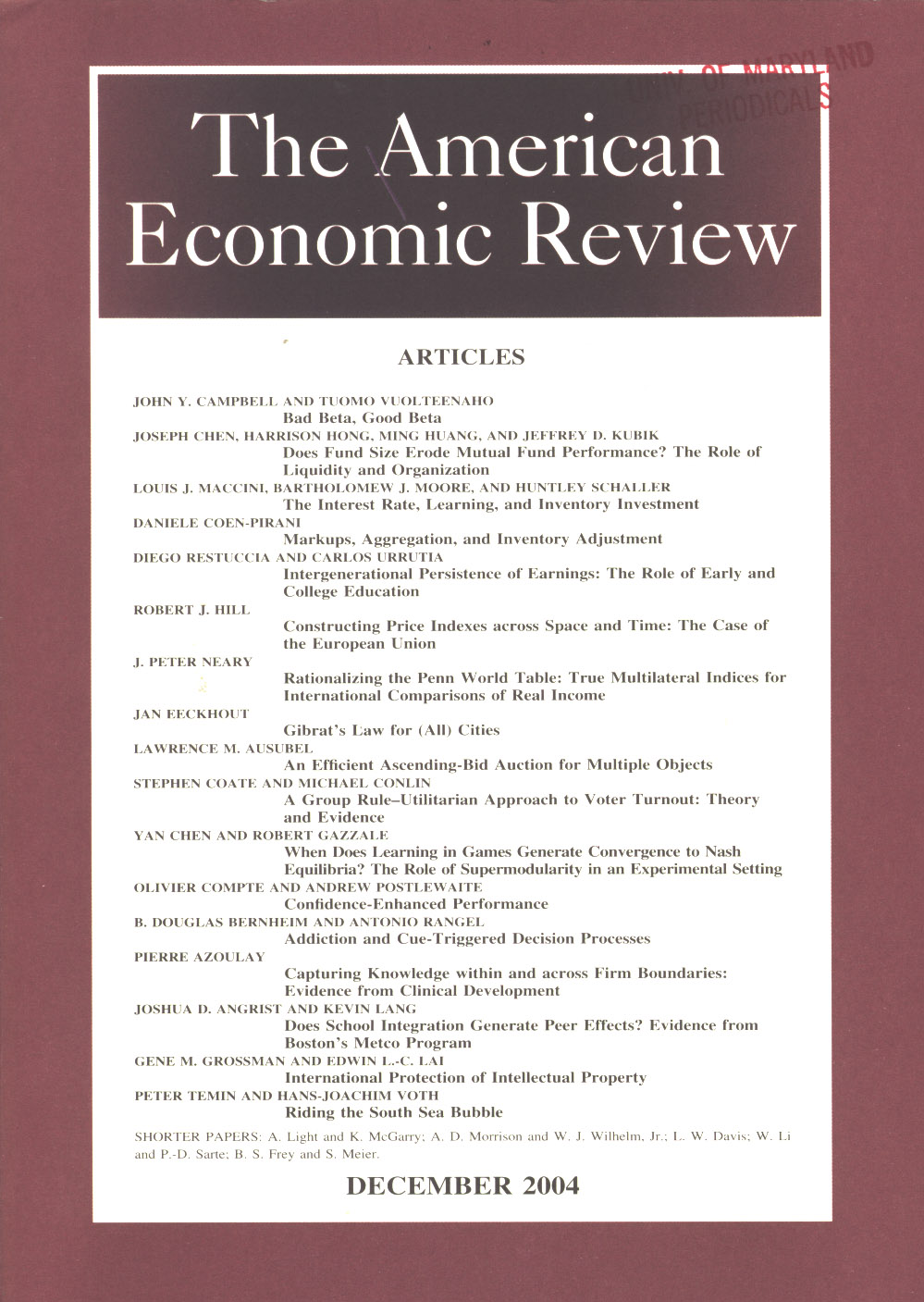
Structural Interpretation of Vector Autoregressions with Incomplete Identification: Revisiting the Role of Oil Supply and Demand Shocks
in: American Economic Review, No. 5, 2019
Abstract
Traditional approaches to structural vector autoregressions (VARs) can be viewed as special cases of Bayesian inference arising from very strong prior beliefs. These methods can be generalized with a less restrictive formulation that incorporates uncertainty about the identifying assumptions themselves. We use this approach to revisit the importance of shocks to oil supply and demand. Supply disruptions turn out to be a bigger factor in historical oil price movements and inventory accumulation a smaller factor than implied by earlier estimates. Supply shocks lead to a reduction in global economic activity after a significant lag, whereas shocks to oil demand do not.
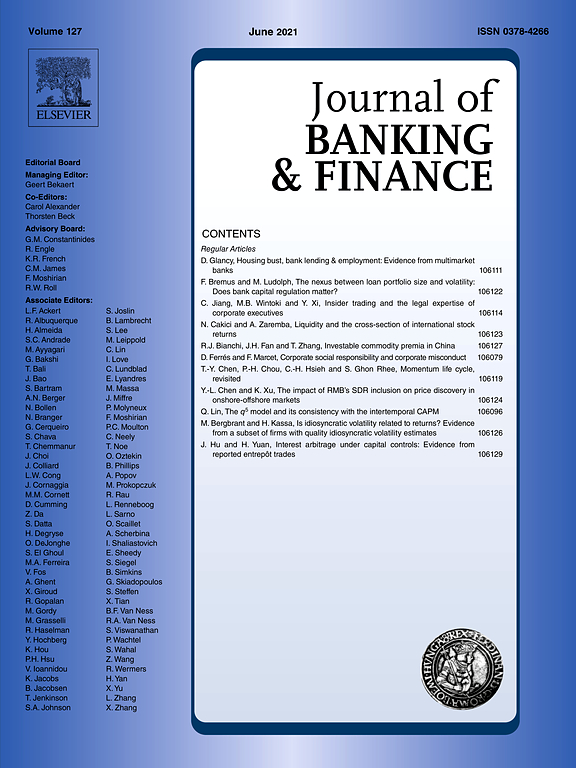
The Joint Dynamics of Sovereign Ratings and Government Bond Yields
in: Journal of Banking and Finance, 2018
Abstract
Can a negative shock to sovereign ratings invoke a vicious cycle of increasing government bond yields and further downgrades, ultimately pushing a country toward default? The narratives of public and political discussions, as well as of some widely cited papers, suggest this possibility. In this paper, we will investigate the possible existence of such a vicious cycle. We find no evidence of a bad long-run equilibrium and cannot confirm a feedback loop leading into default as a transitory state for all but the very worst ratings. We use a bivariate semiparametric dynamic panel model to reproduce the joint dynamics of sovereign ratings and government bond yields. The individual equations resemble Pesaran-type cointegration models, which allow for valid interference regardless of whether the employed variables display unit-root behavior. To incorporate most of the empirical features previously documented (separately) in the literature, we allow for different long-run relationships in both equations, nonlinearities in the level effects of ratings, and asymmetric effects in changes of ratings and yields. Our finding of a single good equilibrium implies the slow convergence of ratings and yields toward this equilibrium. However, the persistence of ratings is sufficiently high that a rating shock can have substantial costs if it occurs at a highly speculative rating or lower. Rating shocks that drive the rating below this threshold can increase the interest rate sharply, and for a long time. Yet, simulation studies based on our estimations show that it is highly improbable that rating agencies can be made responsible for the most dramatic spikes in interest rates.



